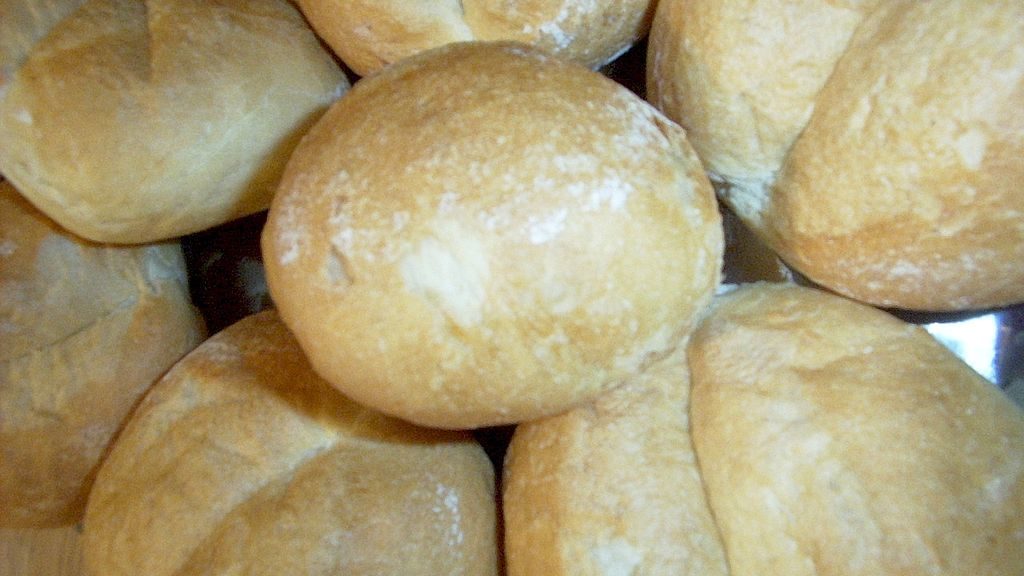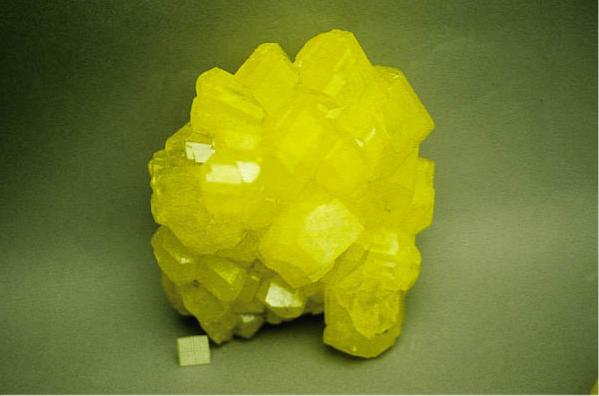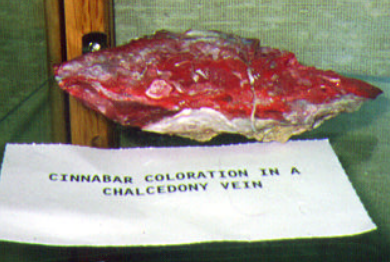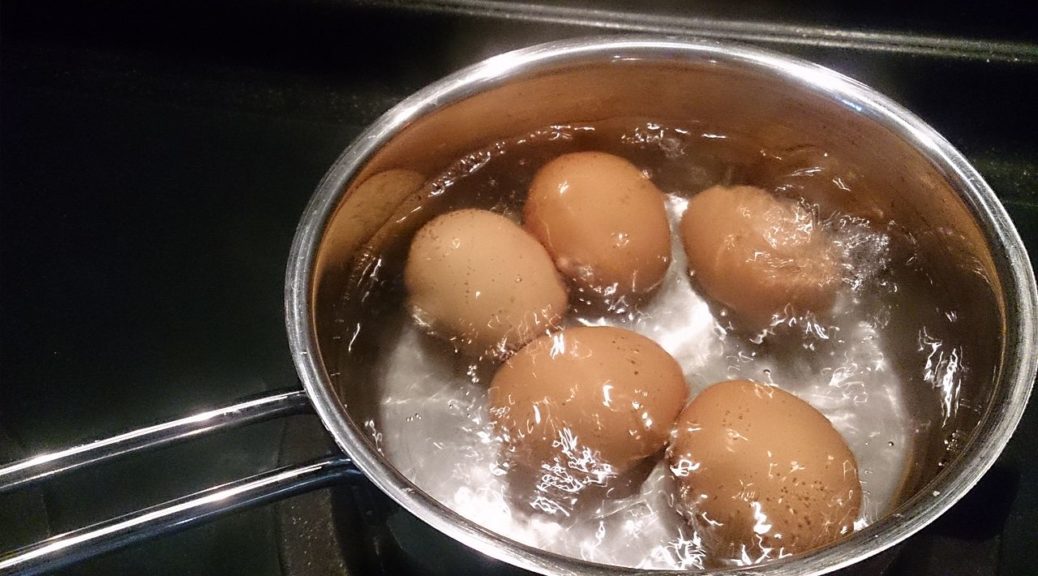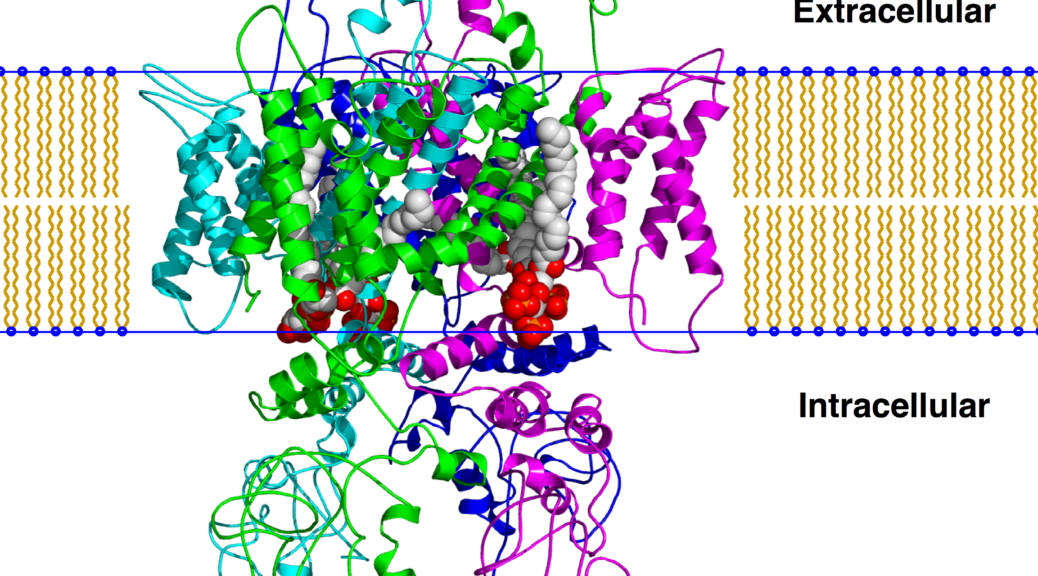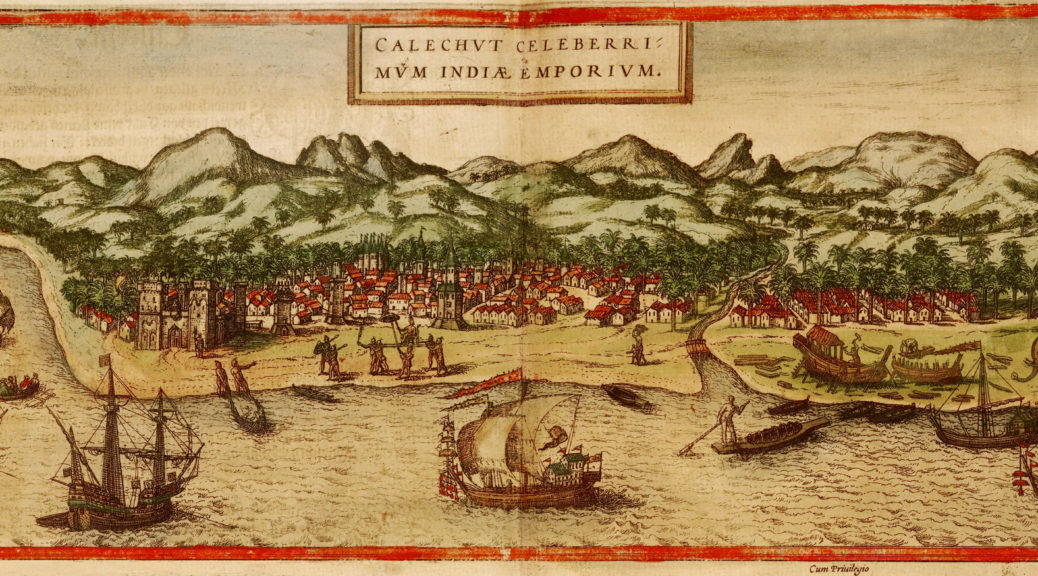Merry Blogmas for December 6: Bread is Not the Same
We continue today with our daily “Merry Blogmas” posts on fun bite-sized science topics, which will run until Christmas. THE TASTE OF BREAD HAS CHANGED WITH TIME We no longer know what bread used to taste like but we do know that it had to taste different from the modern equivalent. How do we know this? From research done in research-funded “living history” projects and from archaeology on the remains of Medieval and Renaissance buildings. Here’s the evidence; In the…
